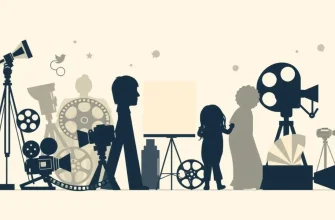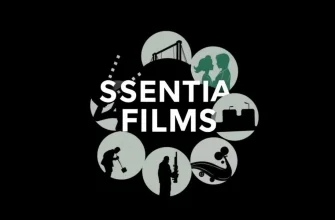Latin American cinema has long been a treasure trove of storytelling, offering a rich tapestry of cultural narratives, vibrant visuals, and compelling characters. This curated list of the top 10 Latin American films not only highlights the diversity and creativity of the region's filmmakers but also provides an accessible entry point for English-speaking audiences through films with English dubbing. These selections are not just cinematic gems but also windows into the soul of Latin America, offering insights into its history, struggles, and dreams.
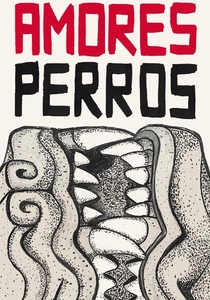
Amores Perros (2000)
Description: This Mexican film intertwines three stories around a car crash, exploring themes of love, fate, and the interconnectedness of lives. Its gritty realism and emotional depth make it a standout in Latin American cinema.
Fact: It was Alejandro González Iñárritu's directorial debut, which later won him international acclaim.
 Watch Now
Watch Now
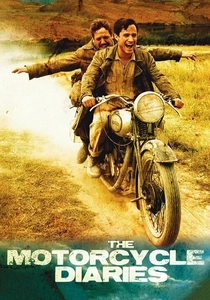
The Motorcycle Diaries (2004)
Description: Based on the memoirs of Che Guevara, this film follows his transformative journey across South America, highlighting the social injustices he encounters. It's an inspiring tale of awakening and solidarity.
Fact: The film was shot in the actual locations where Che Guevara traveled, providing an authentic backdrop.
 Watch Now
Watch Now

The Headless Woman (2008)
Description: An Argentine film that follows a woman's psychological unraveling after a hit-and-run accident, offering a deep dive into themes of guilt, class, and memory. Its slow, deliberate pace adds to its haunting atmosphere.
Fact: The film was part of the Un Certain Regard section at the 2008 Cannes Film Festival.
 Watch Now
Watch Now
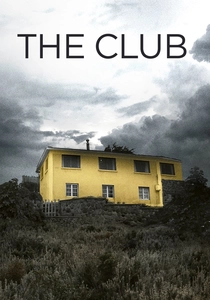
The Club (2015)
Description: A Chilean film that examines the lives of disgraced priests living in seclusion, exploring themes of guilt, redemption, and the Catholic Church's scandals. Its bold narrative makes it a compelling watch.
Fact: The film was selected as the Chilean entry for the Best Foreign Language Film at the 88th Academy Awards.
 Watch Now
Watch Now
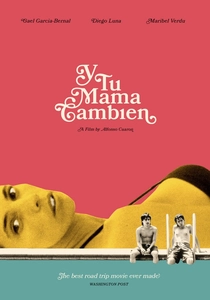
Y Tu Mamá También (2001)
Description: A road trip film that delves into themes of youth, sexuality, and the political landscape of Mexico. Its candid exploration of human relationships and societal issues makes it a landmark film.
Fact: The film's title translates to "And Your Mother Too," which is a common Mexican insult.
 30 Days Free
30 Days Free
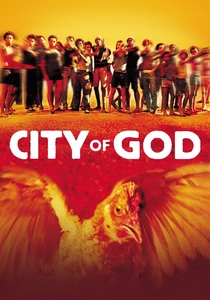
City of God (2002)
Description: A Brazilian film that captures the harsh realities of life in the favelas of Rio de Janeiro, exploring themes of crime, friendship, and the quest for a better life. Its raw portrayal of urban life makes it a must-watch.
Fact: The film was shot in real locations in Rio's favelas, and many of the actors were local residents with no previous acting experience.
 30 Days Free
30 Days Free
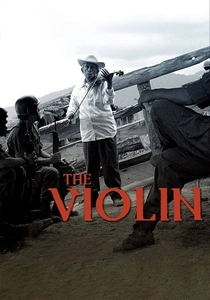
The Violin (2005)
Description: Set during the Mexican Dirty War, this film tells the story of an elderly musician who uses his violin to smuggle messages for the guerrilla fighters. Its blend of music and resistance is both moving and enlightening.
Fact: The film was shot in black and white, enhancing its stark portrayal of the conflict.
 30 Days Free
30 Days Free
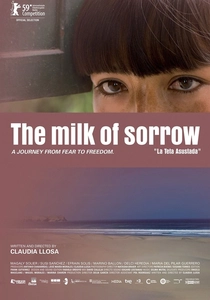
The Milk of Sorrow (2009)
Description: A Peruvian film that explores the lingering effects of violence on a young woman, using magical realism to delve into themes of trauma, memory, and healing. Its unique narrative style makes it a notable entry.
Fact: It was the first Peruvian film to be nominated for an Academy Award for Best Foreign Language Film.
 30 Days Free
30 Days Free

The Secret in Their Eyes (2009)
Description: This Argentine thriller combines a murder mystery with a poignant love story, set against the backdrop of Argentina's turbulent political history. Its intricate plot and emotional depth are why it's included here.
Fact: It won the Academy Award for Best Foreign Language Film in
 30 Days Free
30 Days Free

Lake Tahoe (2008)
Description: This Mexican film tells the story of a young man searching for a car part after his car breaks down, leading to encounters that change his perspective on life. Its minimalist storytelling is both poetic and profound.
Fact: The film was shot in black and white, giving it a timeless quality.
 30 Days Free
30 Days Free



